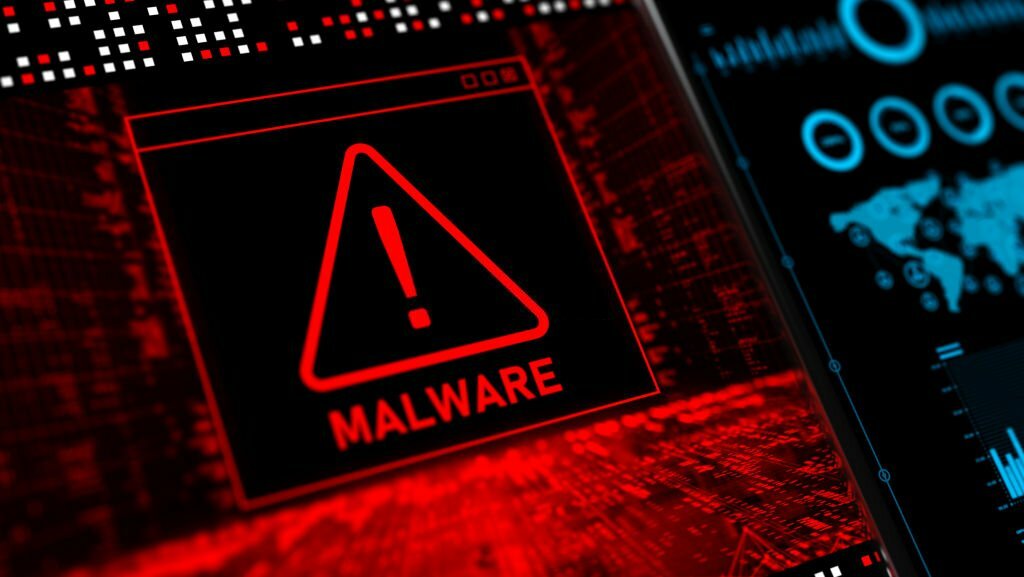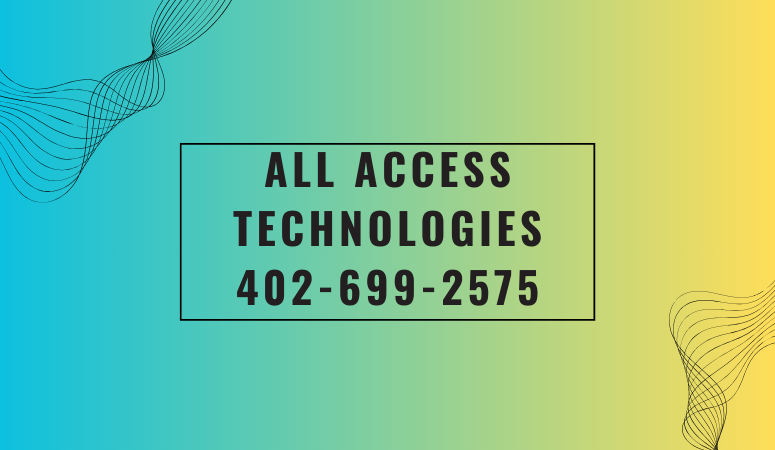In this article, we will give the answer to your question about why My External Drive Has Chinese Characters. There are the following reasons for this so let’s discuss it!
In the realm of technology, our external drives play a crucial role in expanding storage capacities and facilitating seamless data management. However, an intriguing phenomenon might have caught your attention—your external drive displaying Chinese characters. Before delving into panic mode, let’s unravel the mystery behind this occurrence and shed light on the reasons why your external drive may sport these characteristics.
It is common for external drives to adopt the file system and language settings of the computer they are connected to. If your computer has Chinese language and file system settings enabled, the external drive may also display Chinese characters on its file names and folders. In order to change this, you can change the language and file system settings on your computer or format the external drive to use a different file system that does not support Chinese characters.
Understanding Character Encoding
Character encoding is the fundamental system that computers use to represent characters and symbols. When you encounter Chinese characters on your external drive, it’s likely a result of the encoding system used to label or name files. Most commonly, this happens when files are transferred or created on a system that employs a different character encoding than the one you’re currently using.
File Transfer Across Platforms
One prevalent reason for encountering Chinese characters on your external drive is the cross-platform transfer of files. Suppose you’ve created or received files on a system that utilizes a character encoding system different from yours. In that case, the external drive may interpret and display those characters in a way that seems foreign to you. Click to read about Front Squat Machine.
To mitigate this, ensure consistent character encoding across platforms when creating, transferring, or receiving files. Unicode is a widely accepted encoding standard that supports a vast range of characters, including Chinese and promotes seamless compatibility across diverse systems.

Language Settings and System Defaults
The language settings and system defaults on your computer can significantly influence how characters are displayed. If your default language or system locale is set to Chinese, it’s possible that the external drive reflects this preference in file names or labels.
To address this, navigate to your system settings and adjust the language and region settings to match your preferred language. By doing so, you can align the character encoding across your system, preventing any discrepancies that may lead to the display of unexpected characters on your external drive.
File Naming Practices
The way files are named can also contribute to the appearance of Chinese characters. Some applications or systems automatically generate file names based on metadata or other criteria. If these automated processes encounter characters that fall outside the conventional character set of your language, they may resort to using a broader character set, such as Chinese.
For a seamless experience, consider adopting a systematic file-naming approach. This involves avoiding special characters, using alphanumeric combinations, and ensuring compatibility with your language’s character set. This not only enhances readability but also reduces the likelihood of encountering unexpected characters on your external drive.
Malware and Security Concerns
In the digital landscape, malware remains a constant threat. Some malicious software may alter file names or manipulate character encoding as part of their tactics. If you suspect your external drive’s content has been compromised, conduct a thorough malware scan using reputable antivirus software.
Regularly updating your antivirus definitions and performing routine scans can safeguard your external drive from potential security threats, ensuring that the displayed characters accurately represent the intended file names.

Final Words
In the intricate world of technology, encountering Chinese characters on your external drive is not necessarily a cause for alarm. By understanding the nuances of character encoding, practicing prudent file management, and addressing language settings, you can navigate this phenomenon with ease.
Remember, technology evolves, and occasional quirks may arise. Stay proactive in maintaining a harmonious digital environment, and your external drive will continue to serve as a reliable companion in your data storage journey.


